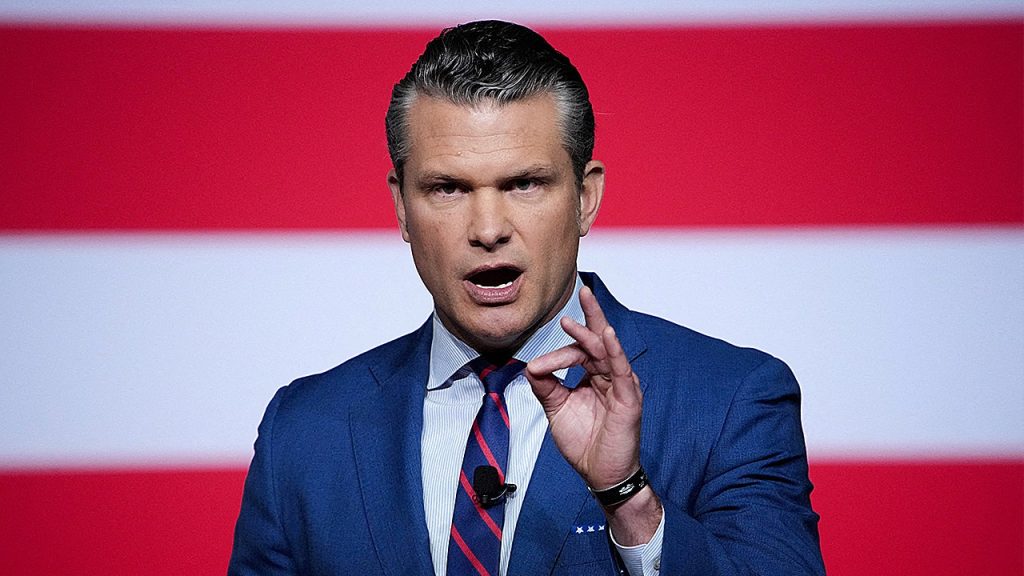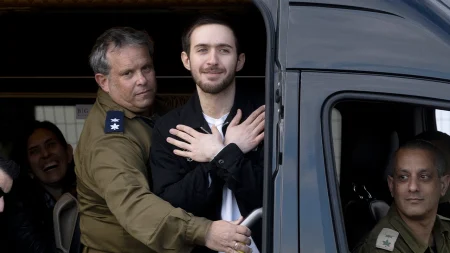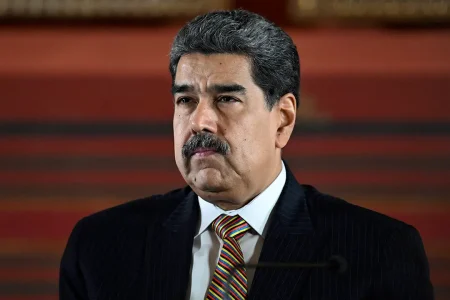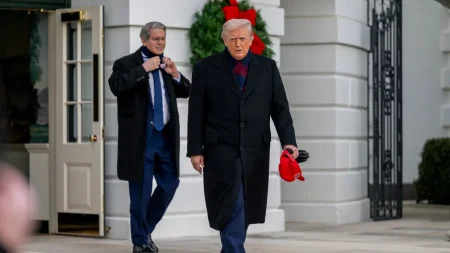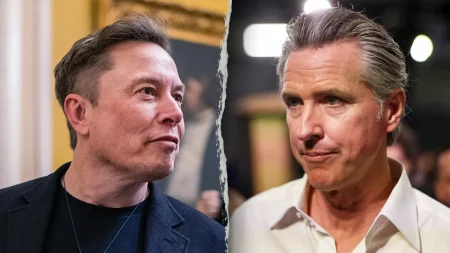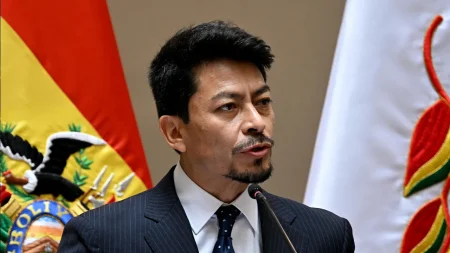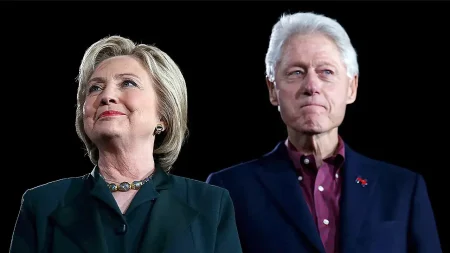Trump Administration’s Bold New Direction for the Military
In a decisive move that signals a significant shift in military leadership, War Secretary Pete Hegseth delivered an unambiguous message to military leaders worldwide: adapt to the Trump administration’s agenda or step aside. During an unprecedented gathering of generals from across the globe, Hegseth outlined a vision focused on restoring a warrior ethos to the armed forces. Rather than conducting this meeting behind closed doors as many had anticipated, the administration chose to make it a televised address featuring both Hegseth and President Trump, underscoring the public nature of this military reset. The core message emphasized returning decision-making authority to frontline warfighters, implementing uniform physical standards for all ranks including the highest officers, and refocusing the military’s primary mission on combat readiness and warfighting excellence.
The meeting represented more than just a typical leadership transition. As Garrett Smith, an active-duty Marine Corps reservist and defense tech CEO, noted, while it’s standard practice for new leadership to gather key personnel to establish priorities, the theatrical nature of this assembly reflected the distinctive style of the Trump administration. Despite the dramatic presentation, Smith highlighted the fundamental importance of the underlying message: reestablishing warfighting as the military’s central purpose. This represents a deliberate pivot from what the administration perceives as a dilution of the military’s core mission in recent years. By summoning commanders from distant postings to Washington, the administration sent a clear reminder that all military authority ultimately flows from the commander-in-chief, potentially addressing concerns about resistance to the administration’s agenda within military leadership.
The physical fitness component of Hegseth’s directive marks a significant departure from longstanding practices. He announced that all personnel, regardless of rank or position, must pass physical training tests and meet weight requirements twice yearly, with mandatory daily workouts focused on rigorous training rather than less intensive exercises. “It’s completely unacceptable to see fat generals and admirals in the halls of the Pentagon and leading commands around the country and the world,” Hegseth stated bluntly, challenging the tradition of relaxed fitness standards for officers in higher positions. This emphasis on physical readiness serves both practical military purposes and symbolic ones, demonstrating the administration’s commitment to uniform standards across all ranks. While some veterans questioned whether a general’s battlefield mobility is truly essential in modern warfare, others appreciated the principle that leaders should be held to the same standards they impose on those under their command.
President Trump’s contribution to the meeting offered a preview of the forthcoming national defense strategy, emphasizing homeland defense and American dominance in the Western Hemisphere. In a controversial statement that raised eyebrows, Trump suggested using crime-affected American cities as “training grounds” for military forces, specifically mentioning Chicago as a potential deployment location. This domestic focus represents a notable shift in military orientation, potentially blurring traditional lines between military and law enforcement responsibilities. The President’s remarks underscored the administration’s intent to apply military resources to domestic challenges while maintaining global power projection capabilities, reflecting a populist approach to national security that resonates with the administration’s base.
Hegseth’s directives carry additional weight due to his personal military background as a former Army National Guard officer who served in Iraq and Afghanistan. Having left service at the rank of major without reaching general officer status, Hegseth brings an outsider perspective to Pentagon leadership that shapes his approach to military culture. This background gives him credibility with rank-and-file troops while informing his sometimes confrontational stance toward higher-ranking officers who have followed more traditional career paths. His insistence on uniformity of standards across ranks reflects both practical military considerations and a populist philosophy that resonates with many service members who have experienced disconnects between leadership expectations and practices. Some junior officers described Hegseth’s presentation as theatrical but acknowledged the validity of his central point about leadership accountability.
Beyond physical standards, Hegseth announced plans to eliminate what he characterized as excessive guardrails against bullying and hazing, promising to “empower leaders to enforce standards without fear of retribution or second-guessing.” This controversial stance reflects the administration’s broader rejection of what they view as overly protective policies that may hamper military effectiveness and traditional training methods. In perhaps the most direct challenge to military leadership, Hegseth told officers who disagreed with his vision to “do the honorable thing and resign,” leaving no ambiguity about the administration’s expectations for alignment with its agenda. This direct approach has generated mixed reactions within military circles, with some veterans expressing relief at what they see as a return to traditional military values and others questioning the confrontational tone. As the administration moves forward with implementing these changes, the military faces a significant cultural and operational realignment that will test both the resilience of its institutional structures and the adaptability of its leadership corps.





